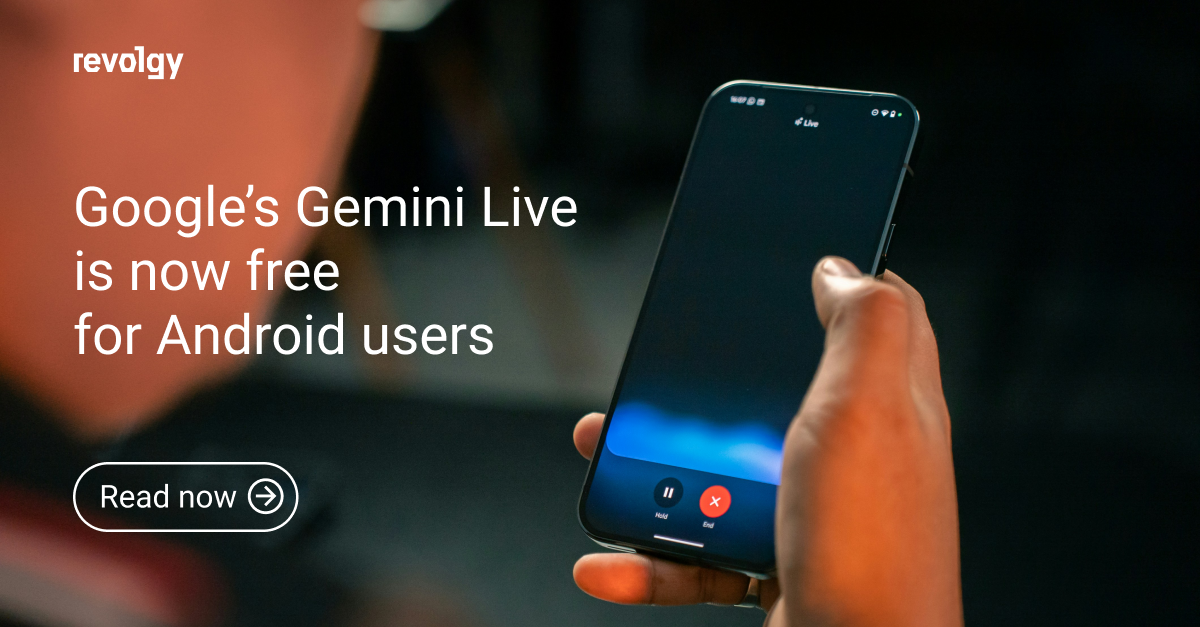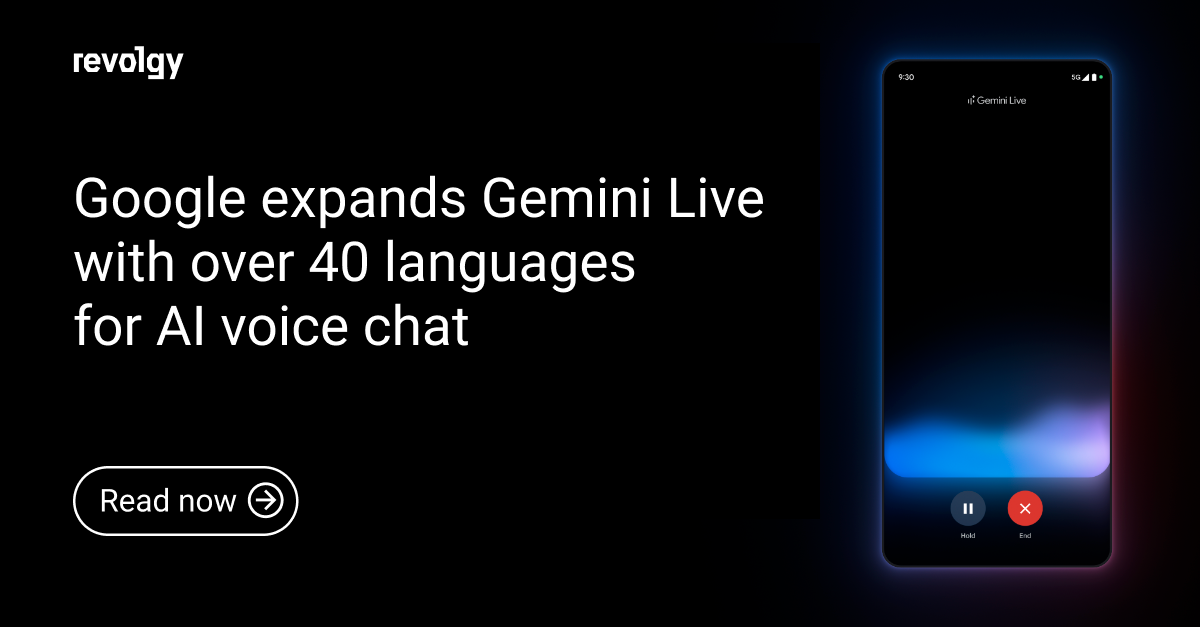Other industries
Apple considers Google’s AI engine for iPhones
Apple is reportedly in talks with Google to license its powerful generative AI model, Gemini, for use in upcoming iPhones. While Apple has traditionally developed its own software and hardware, this potential partnership suggests the company has fallen behind in its AI development, as public criticism suggests.
Apple CEO Tim Cook previously announced significant investments in generative AI, hinting at upcoming advancements. The upcoming iOS 18 could use Apple’s own AI models for on-device features, while more complex tasks like generating text or images might rely on partnerships with companies like Google, leveraging their cloud-based AI. This suggests Apple is aiming for a hybrid approach, blending its own AI with external expertise.
The potential deal would see Gemini powering new AI features in iPhone software expected later this year. However, specific details, such as branding and implementation, are still under discussion.
This collaboration could significantly benefit both companies. Apple would gain access to cutting-edge AI technology, potentially boosting its AI development and addressing investor concerns. For Google, it offers a chance to expand Gemini’s reach to over 2 billion Apple devices, potentially rivaling Microsoft-backed OpenAI. With talks with OpenAI also reported, Apple seems to be exploring various options in the generative AI space.
The deal, however, could raise regulatory eyebrows. Google already faces scrutiny for its alleged search dominance, and integrating its AI into Apple’s ecosystem might attract further attention.
Interestingly, Apple already has a long-standing deal with Google, making Google Search the default option on iPhones in a deal reportedly worth $18 billion a year. Moreover, Apple’s iOS is a direct competitor of Google’s Android operating system. This existing partnership adds another layer to the potential Gemini deal, highlighting the complex and sometimes collaborative nature of the tech industry, even between rivals.
Despite the challenges, analysts view this as a strategic move for both companies. Apple fills a gap in its AI strategy, while Google gains access to a valuable user base. This comes after Google partnered with Samsung to integrate Gemini into their products.
FAQs
Q1: What is the main purpose of Kubernetes Federation?
Kubernetes Federation is an open-source project designed to make it easy to manage multiple Kubernetes clusters. Its goal is to synchronize resources across different clusters and enable cross-cluster discovery of services.
Q2: What are the primary use cases for Kubernetes Federation?
Federation is useful for:
- High Availability: Spreading applications and load across multiple clusters minimizes the impact if one cluster fails.
- Avoiding Provider Lock-in: It makes it easier to migrate applications between clusters running on different cloud providers.
- Low Latency: Serving users from a cluster that is geographically closest to them reduces latency.
- Fault Isolation: Using multiple smaller clusters instead of one large one can help isolate failures.
- Scalability: It allows for scaling beyond the typical 5,000-node limit of a single Kubernetes cluster.
- Hybrid Cloud: It enables the management of clusters across both public clouds (like Google Cloud and AWS) and on-premises data centers.
Q3: What are the main drawbacks or “caveats” of Kubernetes Federation?
The primary drawbacks mentioned are:
- Increased Network Cost: The control plane constantly watches all clusters, which can lead to significant network costs, especially if clusters are in different regions or on different clouds.
- Reduced Isolation: A bug in the Federation control plane could potentially impact all connected clusters.
- Immaturity: The project is relatively new, not considered mature, and many of its features are still in an “alpha” state.
- Technical Issues: Ingress often does not work correctly, and cross-cluster discovery relies on public DNS and external load balancers, which can be expensive and difficult to implement on a private network.
Q4: Is Kubernetes Federation recommended for production systems?
No, the article explicitly does not recommend using Kubernetes Federation for production systems. This is due to its “alpha” status, the fact that its development seems to have stalled, and the practical issues with features like Ingress.
Q5: What is the current status of the Kubernetes Federation project?
The original Kubernetes Federation (v1) project is now retired. It has been succeeded by a new version, often called KubeFed or Federation v2, which is managed by the Kubernetes Multi-Cluster Special Interest Group (SIG). While KubeFed aims to solve the same problems, the broader landscape for multi-cluster management now also includes newer, more actively developed tools like Karmada and Open Cluster Management (OCM), which are considered modern alternatives.



